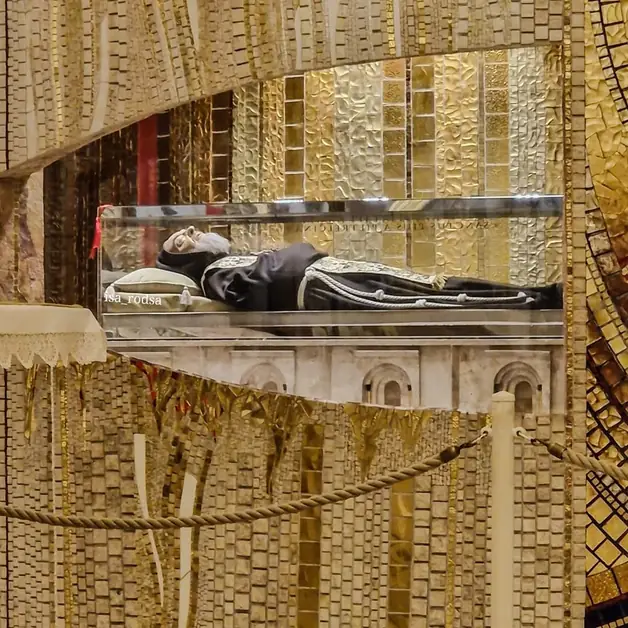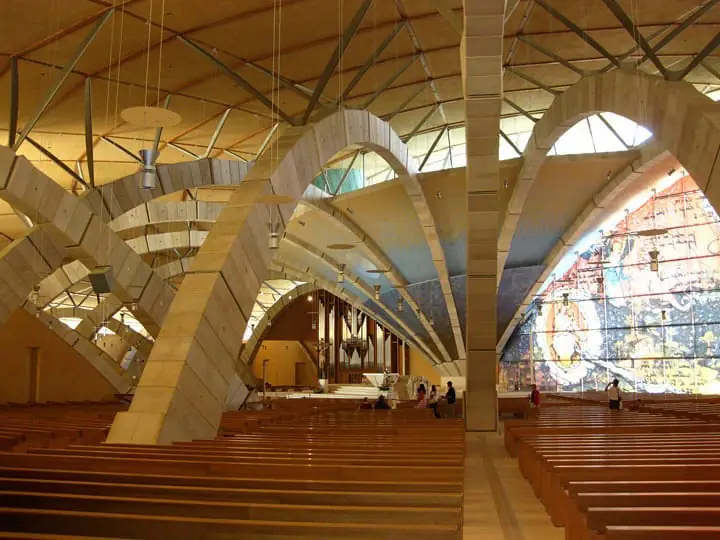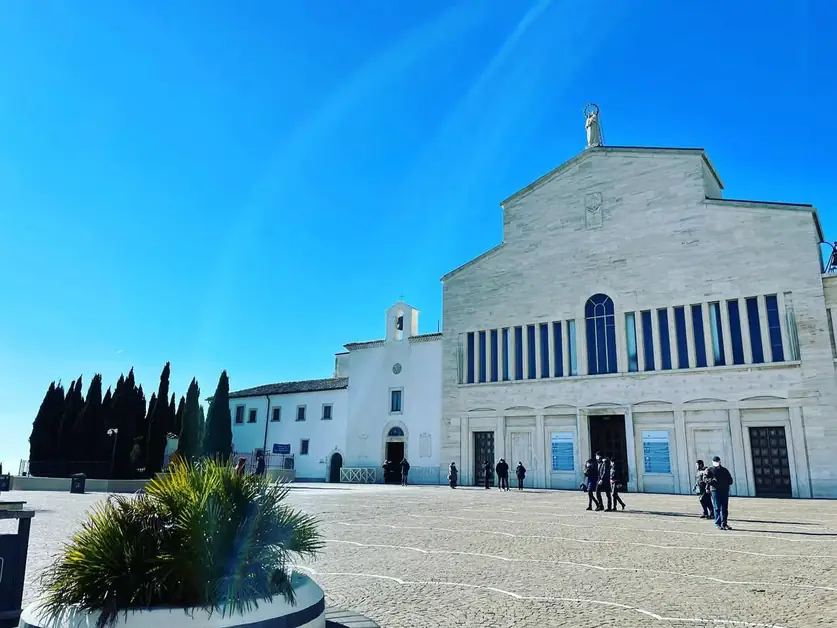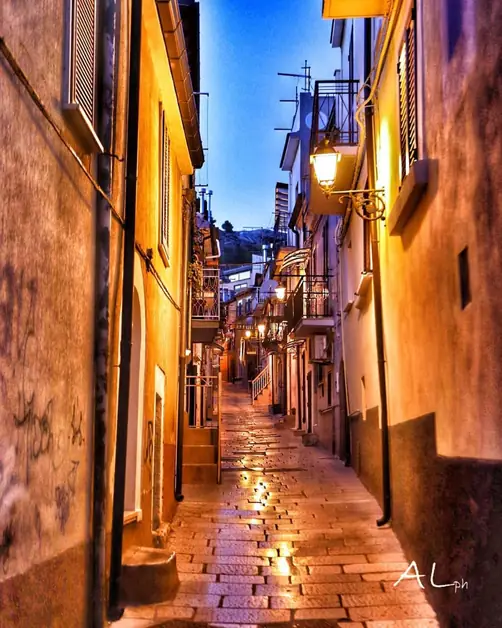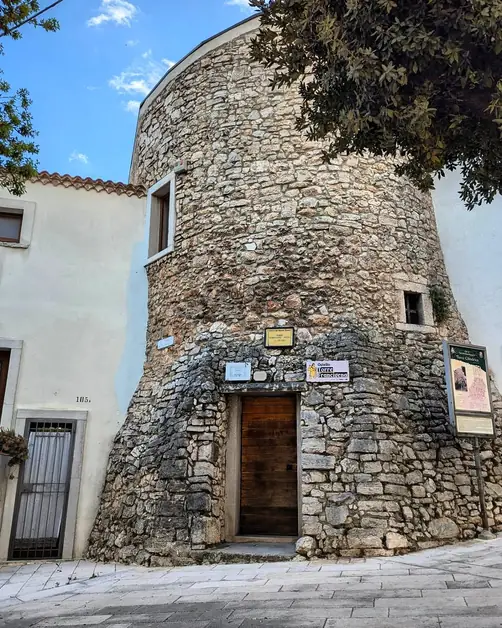The Tomb of Padre Pio's Parents and Its Significance
The tomb of Padre Pio's parents is a pilgrimage site.
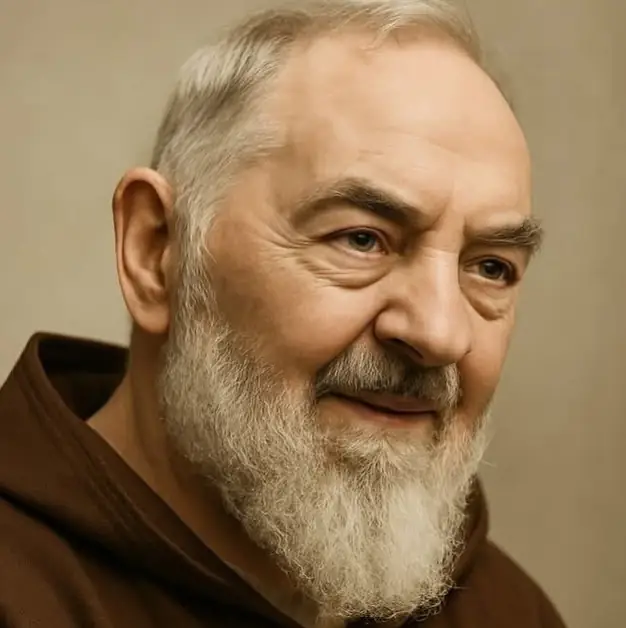
Where is the tomb of Padre Pio's parents?
The tomb of Padre Pio's parents is located in the cemetery of San Giovanni Rotondo, a small town in the Gargano region, in the province of Foggia. This place, situated just a few minutes from the famous Sanctuary of Padre Pio, is visited every year by thousands of faithful and tourists who wish to pay homage not only to the saint but also to his family, who supported him throughout his spiritual journey.
Who are Padre Pio's parents buried in the cemetery of San Giovanni Rotondo?
Padre Pio's parents, Grazio Forgione and Maria Giuseppa Di Nunzio, rest together in the cemetery of San Giovanni Rotondo. They were simple and deeply religious people who raised their son Francesco (future Padre Pio) in faith and sacrifice. Grazio, known as "Uncle Grazio," was a farmer who emigrated several times to the United States to support his family, while his mother Giuseppa devoted herself to the home and children with great dedication.
Why is the tomb of Padre Pio's parents a pilgrimage destination?
Many pilgrims visit the tomb of Padre Pio's parents to thank God for giving the world a son like him. The Forgione family represents an example of humility and faith that characterized the lives of peasant families in Southern Italy in the early twentieth century. Praying in front of their tomb also means remembering the saint's family roots and the role of family in spiritual formation.
What other figures are buried in the cemetery of San Giovanni Rotondo?
In addition to Padre Pio's parents, the cemetery of San Giovanni Rotondo contains the graves of other people who played important roles in his life. Among them are his brother Michele Forgione, his sister Sister Pia Forgione, and Maria Pyle, an American devotee who moved to Italy to live near the saint. Also buried here are his spiritual directors: Father Benedetto Nardella, Father Agostino Daniele, and Father Pellegrino Funicelli, who accompanied him along his path of faith and suffering.
Who was Maria Pyle, buried near Padre Pio's family?
Maria Pyle was an American woman from a wealthy family who, after meeting Padre Pio, decided to live in San Giovanni Rotondo to dedicate herself to prayer and helping the poor. She was like a spiritual daughter to the friar and was buried next to his parents at her own request. Many pilgrims also stop at her grave, recognizing in her an extraordinary witness of Padre Pio's faith.
What are the opening hours of the cemetery of San Giovanni Rotondo?
The opening hours of the cemetery vary by season. From October 1 to March 31, the cemetery is open on weekdays from 8:00 AM to 5:00 PM, while on holidays and Sundays it is accessible from 8:00 AM to 2:00 PM. From April 1 to September 30, it is open on weekdays both in the morning (8:00 AM to 2:00 PM) and in the afternoon (4:00 PM to 7:00 PM), while on holidays it remains open only in the morning, from 8:00 AM to 2:00 PM.
How to reach the cemetery of San Giovanni Rotondo?
The cemetery is located a short distance from the town center and the complex of the Sanctuary of Padre Pio. It is easily reachable on foot or by car. For those coming from outside the city, it is advisable to follow the road signs to the Sanctuary and then proceed to the area of the municipal cemetery, which is well marked. Nearby, there are public parking facilities for visitors.
What does it feel like to visit the tomb of Padre Pio's parents?
Visiting the tomb of Padre Pio's parents is a touching experience. Many pilgrims report feeling a deep peace and sensing the simplicity and faith that characterized the life of the Forgione family. It is a moment of reflection, where one rediscovers the value of family love and the faith passed down from generation to generation.
Why is Padre Pio's family so important to his story?
Padre Pio's family played a fundamental role in the saint's spiritual formation. His parents were a model of faith lived in everyday life, amidst sacrifices and prayer. It was in that poor but loving home that little Francesco learned to pray and offer his sufferings to God. Their example remains a testimony of authentic faith today.
What is the connection between the cemetery and the Sanctuary of Padre Pio?
The cemetery of San Giovanni Rotondo is located a short distance from the Sanctuary of Padre Pio, allowing pilgrims to visit both places in the same spiritual journey. Many groups organize guided tours that include the saint's tomb, his birthplace, and the cemetery where his family and collaborators rest. It is a way to better understand his life and the community that surrounded him.
What other places can be visited near the cemetery?
In addition to the Sanctuary and the convent of the Capuchin friars, several places related to Padre Pio's memory are located near the cemetery. Among these are the Casa Sollievo della Sofferenza, the hospital wanted by the saint, and the monumental Via Crucis that ascends the mountain next to the convent. Each stop is an invitation to meditation and prayer.
Is the cemetery of San Giovanni Rotondo also visited by non-religious tourists?
Yes, many visitors are not necessarily devout but are fascinated by Padre Pio's story and the simplicity of the place. The cemetery is a serene and well-kept place, where a deep sense of respect and silence is felt. Even those who visit out of curiosity often find a moment of introspection and inner peace.
How to behave during the visit to Padre Pio's parents' tomb?
As in all sacred places, it is important to maintain a respectful attitude. It is advisable to speak softly, avoid intrusive photos, and not touch the tombstones. Many pilgrims leave a flower or a written prayer, a sign of gratitude and respect for the saint's family.
What makes the visit to the cemetery of San Giovanni Rotondo special?
What makes the visit unique is the intertwining of history, faith, and humanity. Here rest not only Padre Pio's parents but also people who loved and followed him in his spiritual journey. The cemetery thus becomes a place of collective memory, where the devotion to the saint and his family is renewed every day.
